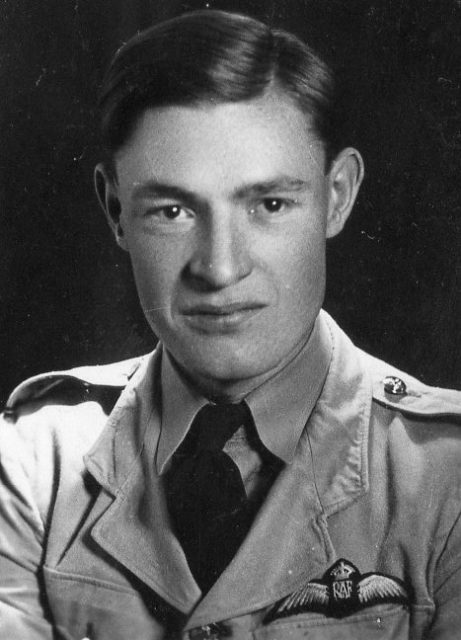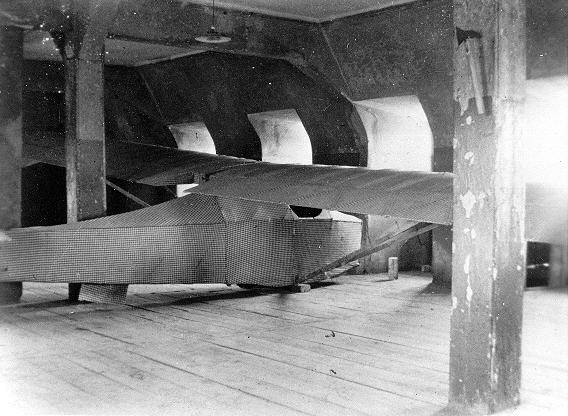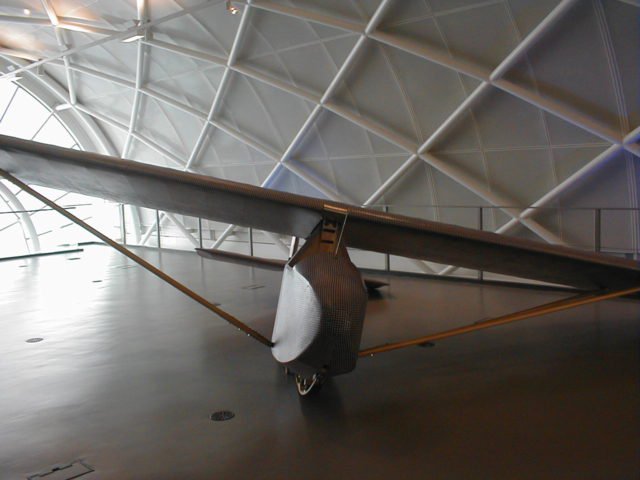Sorry the Mosquito article is missing but here is another great article:
During the Second World War, more than 100,000 British soldiers were captured by the Germans and ended up being imprisoned in one of the various types of German war camps. There were separate camps for different kinds of PoWs, with Oflag IV-C which was situated in the impenetrable thousand-year-old Colditz Castle being one of the most famous in the entire country as it housed only high-profile enemy officers.
The castle, overlooking the town of Colditz in Saxony, was right at the core of Nazi Germany. Colditz was 400 miles (650 km) away from any frontline. Its thick walls and the cliffside with a drop of 150 feet (75 meters) down to the River Mulde made the castle practically impenetrable.
The Germans considered this particular prison camp to be high-security, but despite this fact, it had the highest number of successful escape attempts. This is probably because Oflag IV-C received prisoners that tried to escape from other prisons. The Germans thought that Colditz was escape-proof, but creative prisoners repeatedly proved otherwise.

One of the most amusing escape schemes from Colditz Castle included an improvised glider named “The Colditz Cock” made by a group of British prisoners.
This actually happened at the time as events of “The Great Escape” in Stalag Luft III. The courage and the effort that those brave men put into the building of that tunnel was the inspiration for many other soldiers. However, the Allied high command had discouraged their soldiers to try and escape. “The Great Escape” resulted in the execution of 50 prisoners and they didn’t want to see this happen again.
On the other hand, the glider plan that the prisoners in Oflag IV-C came up with was encouraged. Probably because they thought it would be more of a pastime activity that would ease the minds of the prisoners. Who knew that they would be so serious about it?
It was Lieutenant Tony Rolt (a car racing legend in the UK) who proposed building a glider. He somehow observed that the castle chapel roof line was hidden from guard view. Being an engineer, Rolt realized that he and the other PoWs could use the roof’s surface to launch a glider that could fly across the River Mulde. After he had spoken with other prisoners, the plan had been set in motion.
Flight Lieutenants Bill Goldfinch and Jack Best were the men chosen to lead the dangerous project. The two of them were lucky enough to find a book in the prison library that could provide the basic information for building a glider: Aircraft Design by C.H. Latimer-Needham.

Soon they started to assemble the plane in the lower attic of the chapel. Bill and Jack had the help of 12 other soldiers who were nicknamed the “12 Apostles.” First, they built a false wall in the attic to hide their workshop. They were in a good position because German guards were looking down for tunnels in the ground, not for hidden glider-workshops up in the attics. They were quite safe up there, but still, they organized lookouts and created an alarm system to warn the builders.
They had it all planned. The materials they used in the construction of their two-man escape glider included bed slats, cotton sheets, electric cable, table knives, nails, wooden boxes, and they had to bribe a guard to obtain casein glue and a metal drill.
Launching their machine was perhaps more difficult than building it. Their plan was to construct a runway from tables and to use the castle’s sloping roof which was most likely the only solution for the second part of their escape plan.
Risking their lives was well worth if you asked the British PoWs whose final product was a sort of miracle considering the conditions under which was built. The 20 ft (6.1 m) long glider weighed 240 lb (109 kg) and had a wingspan of 32 ft (9.75 m). All that was left to do was to schedule the take-off.

After they had made all of the necessary preparation, they scheduled the take-off for the spring of 1945, but by then the liberation army was getting closer to Colditz Castle. Although they were almost freed, the soldiers decided to keep the glider ready for flight–in case the SS decided to execute them as a sign of warning to approaching American troops.
The “Colditz Cock” never saw its maiden flight, not because it was unfit to fly, but because the American Army liberated the camp on 16 April 1945.
In more recent years, British television Channel 4 decided to test the glider and commissioned a full-scale replica. The Colditz glider managed to fly off successfully on its first attempt.
Best, Goldfinch and about a dozen of the veterans who had worked on the original glider were present during the attempt. It was probably a glorious sight for them.
Another radio-controlled replica was built in 2012 by Tony Hoskins. To make the whole experience more genuine, they did it in the same attic where the original was made. The model was flown from Colditz Castle and managed to fly over the River Mulde.
The fate of the original glider is not known as the castle was in the zone controlled by the Russians. The only evidence of its completion was the photograph taken by an American war correspondent during the liberation.
